![]()
One of the main benefits of a bottom jaw expander is its ability to improve the alignment of your teeth and bite. By widening the lower jaw, it creates more space for your teeth to properly align, reducing the risk of crowding and improving overall dental health. Additionally, a properly aligned jaw can also alleviate issues such as TMJ disorders and improve your ability to chew and speak comfortably.
What is a Bottom Jaw Expander?
A bottom jaw expander is designed to gradually widen the lower jaw over a period of time. It consists of a metal framework that attaches to the lower teeth and is connected to a screw mechanism. By turning the screw, the expander exerts gentle pressure on the lower jaw, gradually expanding it and creating more space for the teeth to align properly.
The use of a bottom jaw expander is typically recommended for individuals who have a narrow lower jaw or a crossbite. It is commonly used in conjunction with other orthodontic appliances, such as braces, to achieve optimal results. The treatment duration may vary depending on the severity of the case and the individual’s response to the expansion.
Overall, a bottom jaw expander is an effective tool in orthodontic treatment for correcting lower jaw misalignments and improving the overall bite. It can help create a harmonious balance between the upper and lower jaws, leading to improved dental health and a more aesthetically pleasing smile.
How Does a Bottom Jaw Expander Work?
A bottom jaw expander is a dental device that is used to widen the lower jaw. It works by applying gentle pressure on the jawbone, gradually expanding it over time. This can help correct various dental issues, such as overcrowding, misalignment, and bite problems.
1. Expansion Mechanism
The bottom jaw expander typically consists of two metal bars that are attached to the back molars on each side of the lower jaw. These bars are connected by a screw mechanism in the middle. By turning the screw, the bars are gradually pushed apart, causing the jaw to widen.
2. Activation Process
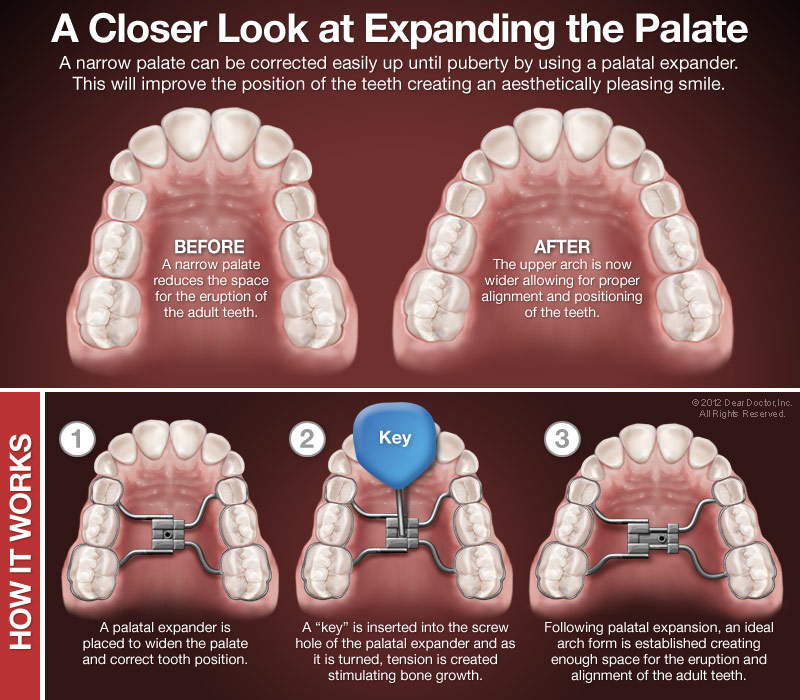
3. Bone Remodeling
4. Duration of Treatment
The duration of treatment with a bottom jaw expander can vary depending on the individual’s specific needs and the severity of the dental issue. On average, the expansion process can take several months to a year. Regular check-ups with a dentist are necessary to monitor progress and make any necessary adjustments.
5. Post-Treatment Retention
After the desired expansion is achieved, a period of retention is usually recommended to allow the newly expanded jaw to stabilize. This may involve wearing a retainer or other dental appliances to maintain the results and prevent relapse. The dentist will provide specific instructions on how long the retention period should last.
Benefits of Using a Bottom Jaw Expander
Using a bottom jaw expander can provide several benefits for individuals who have issues with their jaw alignment or bite. Here are some of the key advantages of using a bottom jaw expander:
1. Corrects Jaw Misalignment
One of the main benefits of using a bottom jaw expander is that it can help correct jaw misalignment. When the lower jaw is not properly aligned with the upper jaw, it can lead to various issues such as difficulty in chewing, speaking, and breathing. A bottom jaw expander can gradually widen the lower jaw, allowing it to align properly with the upper jaw and improving overall jaw function.
2. Improves Bite
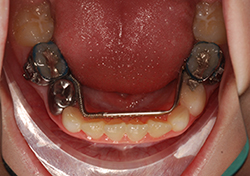
A bottom jaw expander can also help improve the bite of an individual. A misaligned bite can cause problems such as uneven wear on teeth, jaw pain, and difficulty in chewing. By expanding the lower jaw, a bottom jaw expander can help achieve a more balanced bite, reducing the strain on the jaw joint and improving overall oral health.
3. Enhances Facial Aesthetics
Using a bottom jaw expander can also have aesthetic benefits. When the lower jaw is properly aligned with the upper jaw, it can help improve facial symmetry and proportions. This can result in a more balanced and attractive facial appearance.
4. Alleviates Breathing Problems
In some cases, a misaligned jaw can contribute to breathing problems such as snoring or sleep apnea. By widening the lower jaw, a bottom jaw expander can create more space in the airway, allowing for improved airflow and reducing the likelihood of breathing difficulties during sleep.
5. Enhances Overall Oral Health
Using a bottom jaw expander can also have long-term benefits for overall oral health. By correcting jaw misalignment and improving the bite, it can help prevent issues such as tooth decay, gum disease, and temporomandibular joint (TMJ) disorders. It can also make dental hygiene practices, such as brushing and flossing, more effective by ensuring proper alignment of the teeth.
Choosing the Right Bottom Jaw Expander
1. Consult with a Professional:
Before purchasing a bottom jaw expander, it is crucial to consult with a dental professional. They will be able to assess your specific needs and recommend the best type of expander for your situation.
2. Consider the Material:
Bottom jaw expanders are typically made from either metal or acrylic. Metal expanders are more durable and can withstand greater pressure, while acrylic expanders are more lightweight and comfortable to wear. Consider your personal preferences and the recommendations of your dentist when choosing the material.
3. Size and Fit:
4. Adjustability:
Some bottom jaw expanders are adjustable, allowing for gradual expansion over time. This can be beneficial for individuals who require a more gentle and controlled approach. Discuss with your dentist whether an adjustable expander is necessary for your specific needs.
5. Maintenance and Care:
Consider the maintenance and care required for the bottom jaw expander you choose. Some expanders may need to be removed for cleaning, while others can be cleaned while still in the mouth. Make sure you understand the proper cleaning and care instructions provided by your dentist.
6. Cost:
By considering these factors and consulting with a dental professional, you can choose the right bottom jaw expander for your specific needs. Remember to follow your dentist’s instructions for proper use and care to achieve the best results.
Tips for Using a Bottom Jaw Expander
1. Consult with a Dentist
Before using a bottom jaw expander, it’s crucial to consult with a dentist or orthodontist. They can assess your specific dental needs and determine if a bottom jaw expander is the right option for you.
2. Follow the Instructions
3. Start Slowly
When using a bottom jaw expander for the first time, it’s recommended to start slowly. Begin by wearing it for shorter periods, such as 30 minutes to an hour, and gradually increase the duration over time. This will allow your jaw to adjust gradually and minimize discomfort.
4. Maintain Good Oral Hygiene

5. Avoid Hard or Sticky Foods
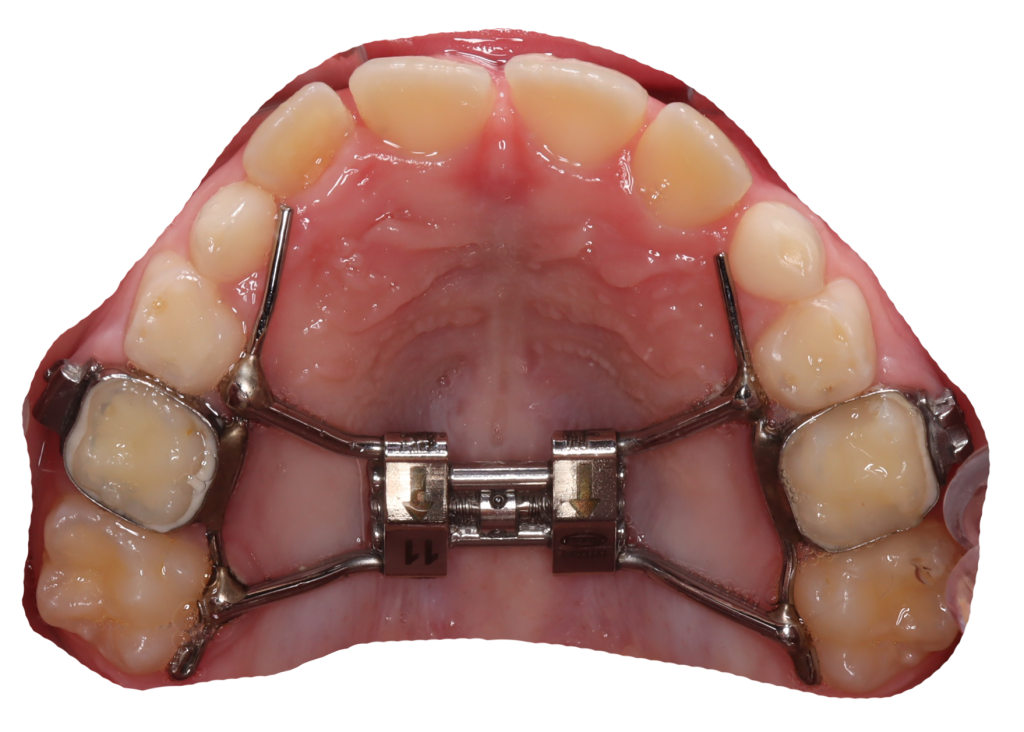
During the period of using a bottom jaw expander, it’s advisable to avoid hard or sticky foods that can damage or get stuck in the appliance. Opt for softer foods that are easier to chew and won’t cause any harm to the expander.
6. Attend Regular Check-ups
Regular check-ups with your dentist or orthodontist are essential when using a bottom jaw expander. They can monitor your progress, make any necessary adjustments, and address any concerns or issues that may arise.
7. Be Patient
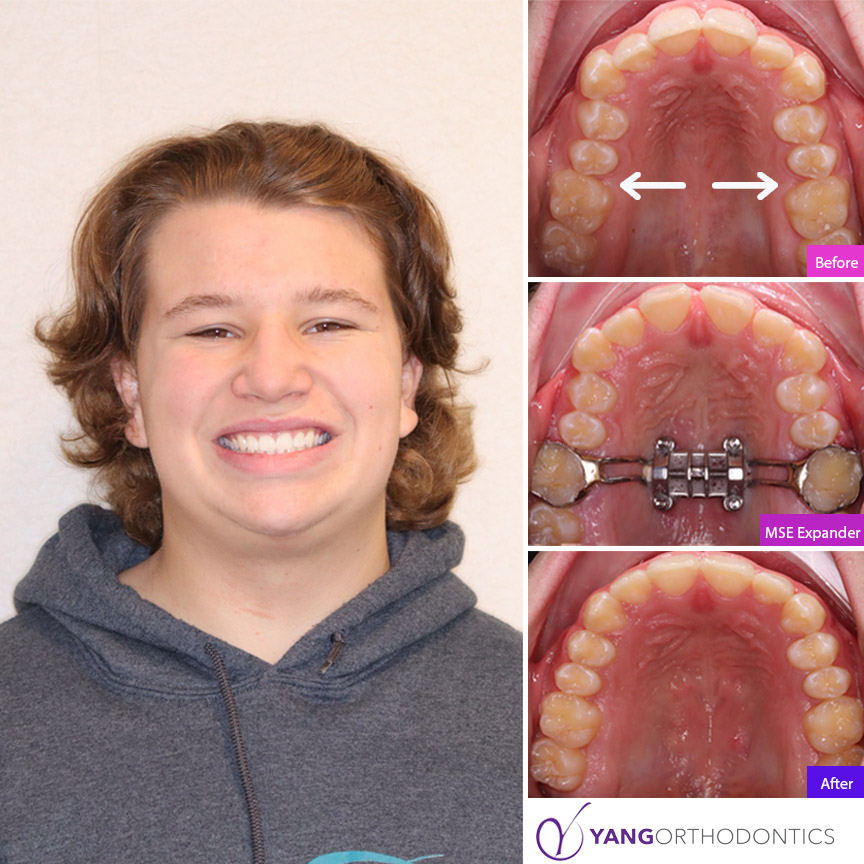
By following these tips, you can ensure that your experience with a bottom jaw expander is successful and effective in correcting your dental issues. Remember to consult with a dental professional for personalized advice and guidance throughout the process.

Dr. Fidel Cann: Esteemed orthodontist with a lifelong dedication to enhancing smiles and oral health. Pioneering expertise, compassionate care.





